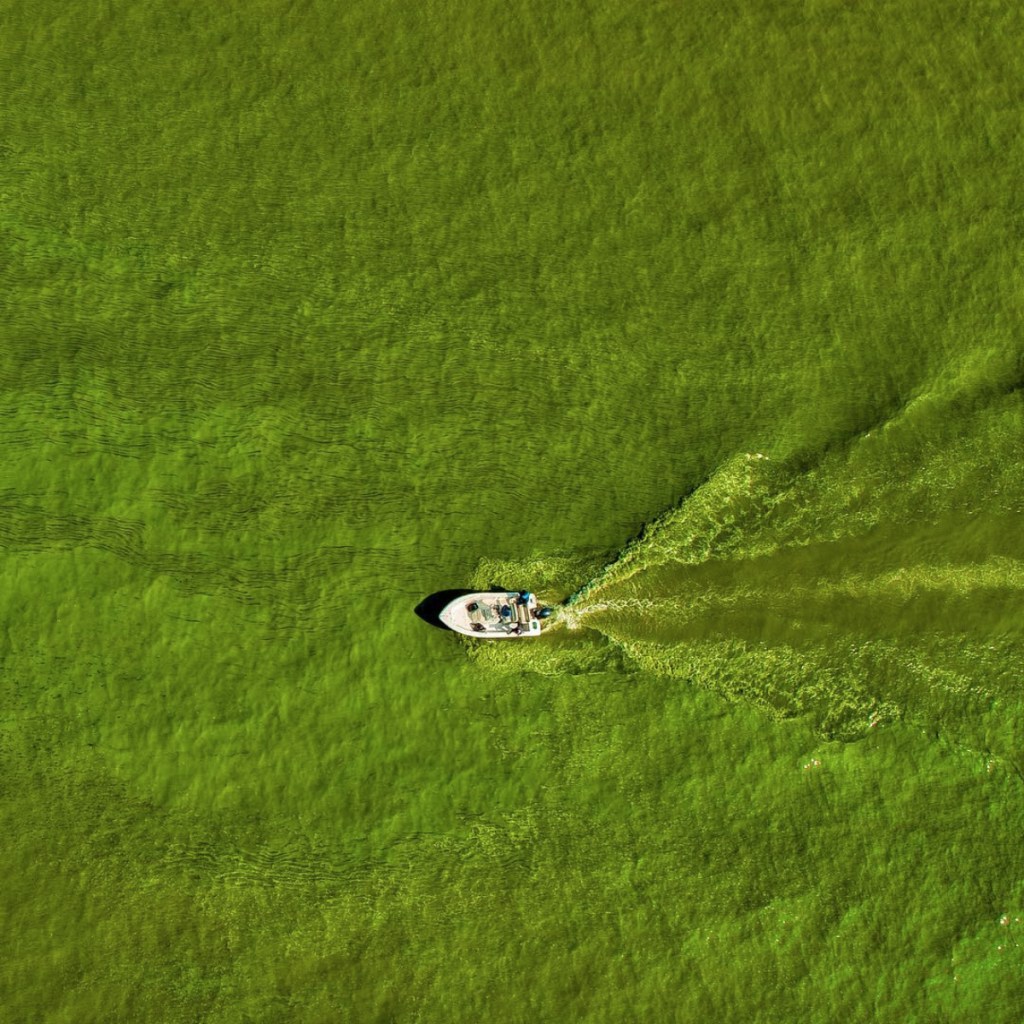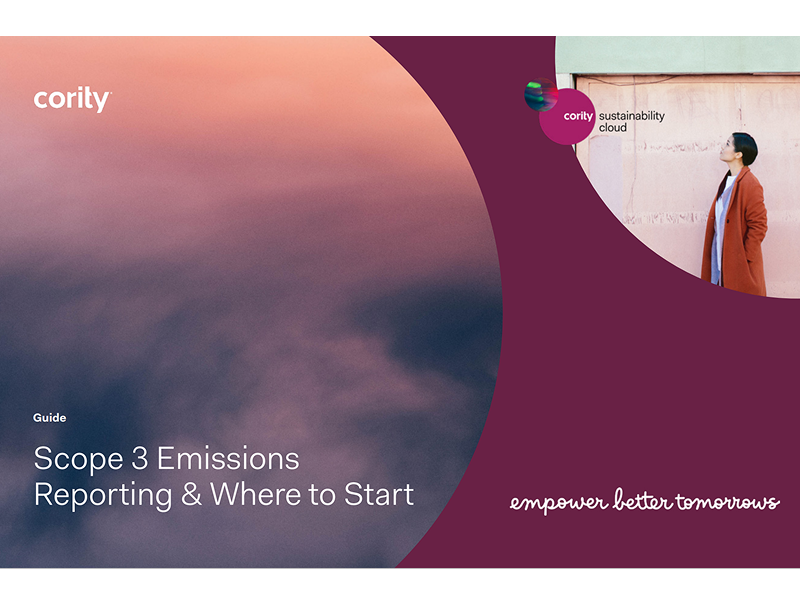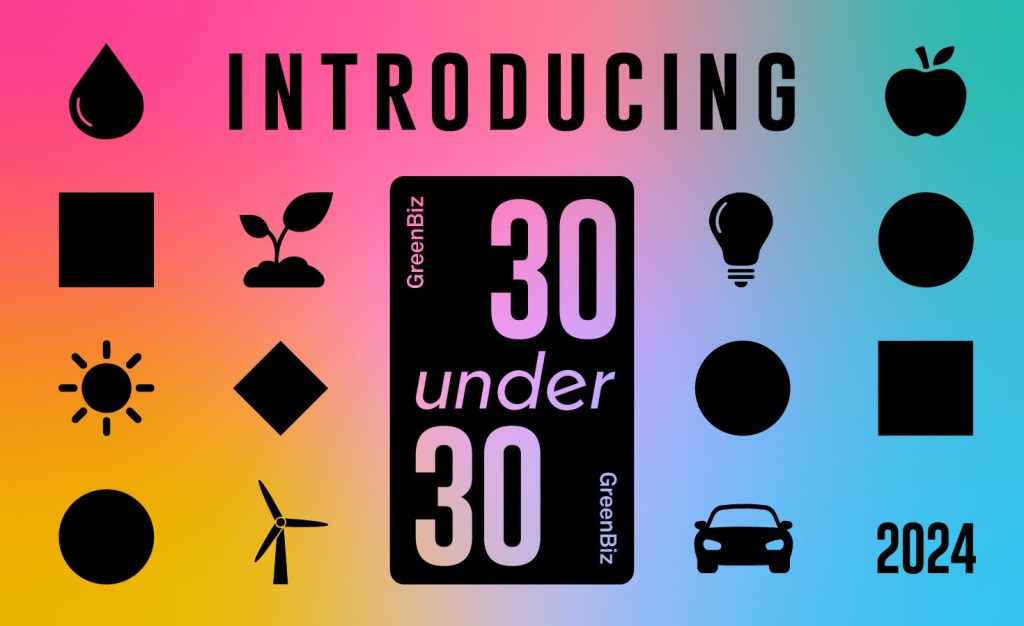How ScottsMiracle-Gro found value in vulnerability
In response to criticism about its fertilizers, the company sought to step forward as an environmental leader. Read More

Technology has created a two-way conversation between consumers and corporations, and brands now shoulder the responsibility of leaving a positive impact on the world.
In the case of environmental leadership, it’s a matter of maintaining a right to operate, said Jim King, Senior Vice President Corporate Affairs of ScottsMiracle-Gro and President of The Scotts Miracle-Gro Foundation.
“We now operate in a world where consumers and stakeholders expect companies to share their values,” he said last week in a webcast, sponsored by the company and held by GreenBiz, about the company’s partnership with the Everglades Foundation to reverse the epidemic of toxic algal blooms in U.S. waterways.
As a global leader in the lawn and garden market — and the largest marketer of lawn garden pesticides in the world — when environmental organizations targeted the 150-year-old company for producing phosphorus-based fertilizer that contributed to algal blooms, ScottsMiracle-Gro stepped forward to clean up.
Show, not tell
It’s a game of show, not tell, as companies that show vulnerability to admit mistakes and act to change them grow beyond market value to become true leaders in their sector.
People make statements about themselves through their individual actions and the brands and causes they support, said Therese Caruso, managing director of global strategy and insights at PR firm Zeno Group, during the presentation.
Loyalty from the new generation of consumers is hard-won: 72 percent of millennials are skeptical to neutral about the information that brands present to them about the environment, according to Shelton Group research. But 43 percent can identify brands they trust when it comes to ethical social and environmental practices.
“We talk about authenticity and transparency, but to be really transparent, a company has to make itself vulnerable at times,” said King. “When you have brands at stake, profits at stake and stock price on the line, there’s a limit to how transparent a company wants to be.”
The lawn care company’s stated social purpose is to “help people of all ages express themselves on their own piece of Earth.” But when non-profits such as Safelawns criticized the company for its contribution to the algae bloom crisis, ScottsMiracle-Gro had to defend its mission through action.
“Our license to operate is all about providing people with the tools they need to express themselves,” said King. “To provide tools that don’t do that is signing our death warrant.”
The nutrients nitrogen and phosphorus are essential for early-stage plant growth and support beneficial algae growth that provides food and habitat for fish and other seafood and aquatic organisms. But too much runoff has led to algae blooms resembling green sludge, which leach oxygen from the water and leads to fish kills and “dead zones,” among other harmful consequences.
According to the U.S. EPA, algal blooms cause economic damage such as lakeside business closures, reduced fish harvests, higher seafood processing costs, lost real estate revenue and shellfish poisoning risks.
“Homeowners in the U.S. contribute to 2 percent of fertilizer used, even less than phosphorus farmers,” said King, arguing that it was easier to come after a so-called “chemical giant” than the farming industry to phase out phosphorus fertilizer to reduce stormwater runoff toxicity.
Still, by 2011, the company phased out the nutrient from its products. Going further, in 2016 it joined with the Alliance for the Chesapeake Bay to educate homeowners about lawn care and teach them to create pollutant-filtering rain gardens, a part of Miracle-Gro’s Water Positive Landscapes Initiative (a partnership with leading U.S. water protection organizations). At the time, according to local press, the Chesapeake Bay suffered a “dead zone” about the volume of 2.3 million Olympic-sized swimming pools.
Due to these actions, “some of our most vocal critics in the past have become some of our most fervent advocates,” said King.
A partnership blooms
And now, they are a part of the force to eradicate industry-driven algae pollution for good. This year, The Everglades Foundation announced The Scotts Miracle-Gro Foundation as presenting sponsor of the George Barley Water Prize.
The competition offers a $10 million incentive for scientific organizations to develop an effective, scalable technology that removes phosphorus from fresh water.
Algal blooms have “moved from an inconvenient problem to a major crisis in Florida,” said Everglades Foundation CEO Erik Eikenberg, during the webcast.
“It put [Florida], the third-largest state in the Union, on a 240-day state of emergency last year,” he said. Unfortunately, there’s no cost-effective solution for it, and seeking one is as expensive as it is under-funded.
“The George Barley Water Prize is not asking for regulation or moving towards more litigation,” he said. “It’s calling for awareness and moving towards innovation … that brings lasting change.”
They found an essential private partner in ScottsMiracle-Gro — and the company found a way to create a lasting legacy of environmental innovation.
“You have to build enough trust with the consumer and stakeholder base that when you’re making a claim, people can believe you because you proved that you’re a company of purpose, not just said that you are one,” said King.
Luckily, he said, ScottsMiracle-Gro had the buy-in of a CEO (Jim Hagedorn) who understood that “sugar-coating the story is the wrong take.”
And while admitting transparency is not risk-free, King said that for today’s organizations to be credible, they must be willing to open the dialogue with its leadership and board of directors that social purpose has to be earned.












